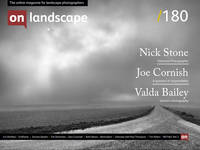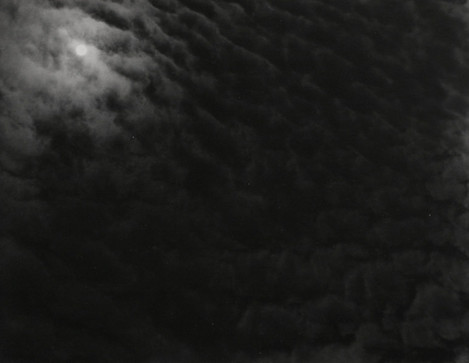Less is more

Keith Beven
Keith Beven is Emeritus Professor of Hydrology at Lancaster University where he has worked for over 30 years. He has published many academic papers and books on the study and computer modelling of hydrological processes. Since the 1990s he has used mostly 120 film cameras, from 6x6 to 6x17, and more recently Fuji X cameras when travelling light. He has recently produced a second book of images of water called “Panta Rhei – Everything Flows” in support of the charity WaterAid that can be ordered from his website.
Minimalism in art is not to everybody’s taste but has quite a long history in landscape photography, arguably starting with Stieglitz’s “Equivalents”: images of clouds that he intended to evoke an emotional response in the viewer in a similar way to a piece of music1. These were minimalist in concept rather than execution but were taken in the same period (starting in 1922) as the extreme minimalism that was introduced into art by the White on White canvas of Kasimir Malevich (1918) following on from his black square on white ground of 1915.
In fact Malevich was not the first to produce monochrome paintings – others like Paul Bilhaud and Alphonse Allais had done so in the late 19th Century but with explanatory titles (such as the "Combat de Nègres dans un tunnel" of Bilhaud, or "Récolte de la tomate par des cardinaux apoplectiques au bord de la Mer Rouge" of Allais). In the case of Malevich, he did not consider himself as a minimalist but as a suprematist2. Suprematism was both anti-materialist and anti-utilitarian, with the aim of expressing "the supremacy of pure artistic feeling", such that the depiction of any real objects or landscape was held to be unnecessary.
Minimalism is more usually applied to the later movement of artists starting in the 1950s. One of those artists was Yves Klein3 (though he also spanned new realism, conceptual art, performance art and photography).


